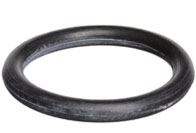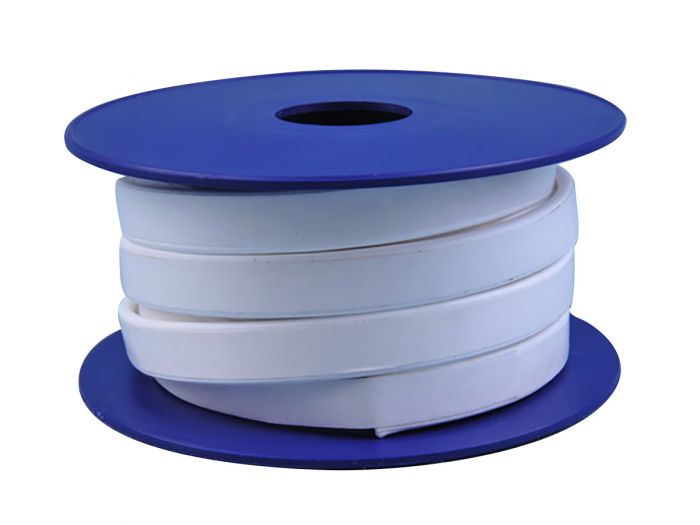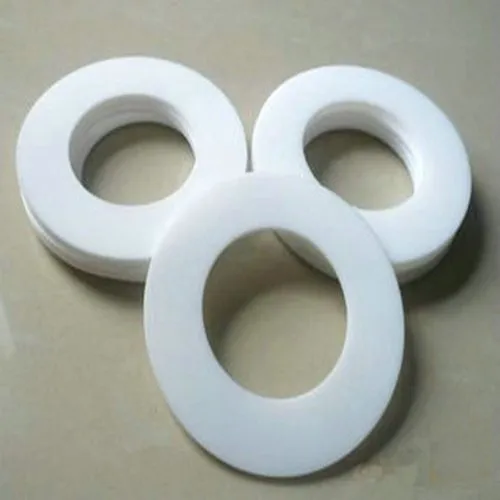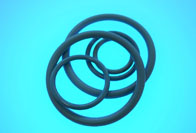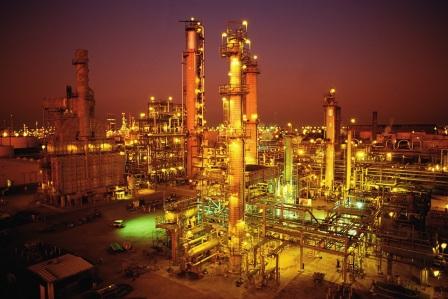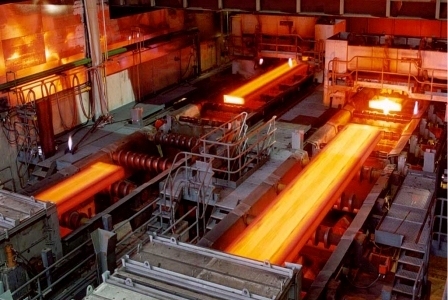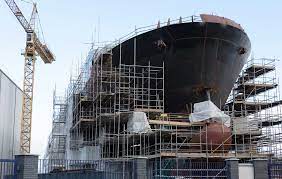Gasket Types in Oil and Gas
Double Jacketed Gaskets
nvelope Gaskets can be either double jacketed gaskets, or they can have PTFE (some call it Teflon but that is a trademarked name) on the outside of a stainless steel metal core. However, they don’t have a lot of compression or recovery, and do not hold up to radial sheer (slipping of the flanges on the gasket during high-temperature fluctuations).
Flat Metal Gaskets
These gaskets usually have a stainless steel core without any filler material, and are used in low criticality applications. They also don’t have a lot of compressibility or recovery.
Non-Asbestos Sheet Material Gaskets
Non-asbestos sheet material is typically found with full-face flanges and have elastomeric properties, although they can be just graphite gaskets in few cases. One can have high chemical resistance sheet gaskets such as a PTFE/ePTFE gasket that has great compressibility and a little bit of recovery if you don’t overstress them.
Normally, these gaskets are used with low pressure and low temperature, but they can be also put in put in flanges where chemical resistance is needed. Most gasket manufacturers stock a wide range of elastomeric, non-elastomeric, PTFE/ePTFE, graphite gaskets, and compressed sheet material in both sheets and rolls.
Ring Type Joint
Ring Type Joint gaskets are also called RTJ gasket, ring gasket or ring joint gaskets. They come in oval or octagonal shapes, which can be used in API 6A applications.
RTJ gaskets were traditionally found in high pressure and high-temperature applications, as sheet material elastomers can not hold up in those types of applications. But today RTJ gaskets are being phased out of high pressure and high-temperature applications, as spiral wound gaskets with inner rings are now the preferred gasket.
However, if you are using ring type joint gaskets, know that they are typically made of a soft stainless steel gasket material, and should be replaced after every use due to the plastic deformation that it sees in the flange. If you don’t replace it, you are jeopardizing the sealability of the gasket.
Kammprofile Gasket
You’ll also see Kammprofile spelled “camprofile gasket,” and they are sometimes called grooved metal gaskets. These types of gaskets are commonly found in heat exchangers in the oil and gas industry.
They are much more reliable than jacketed gaskets (double jacketed gaskets). Kammprofile gaskets are typically made of a stainless steel metal core with a flexible graphite filler material.
The area (a.k.a cross-section) of the gasket can be easily changed to achieve good gasket stress while withstanding a high bolt load. Kammprofile gaskets are also really great for radial sheer which is seen when the flanges slip on each other (really the flexible graphite filler) during flange expansion and contraction (due to temperature).
This gasket material is a solid metal gasket, and the metal core can be made of stainless steel or other exotic materials so that it can be put in high pressure and high-temperature flanges.
Spiral Wound Gaskets WITH an Inner Ring
These types of gaskets are the best metal gaskets for all pressure ratings of pipe flanges, especially ASME B16.5 flanges.
I would argue that they are also great for heat exchangers due to their sealability tolerances with imperfections in flanges, and because they can be made for high pressure and high-temperature applications.
These spiral wound gaskets have a stainless steel inner ring, a carbon steel outer ring, and the metal core is made of stainless steel windings. The filler material is typically flexible graphite, but you can also have an elastomeric filler material such as PTFE if chemical resistance is needed.
Spiral wound gaskets are more also flexible than Kammprofile gaskets so they tend to also have more compressibility and recovery, but they are harder to place in a flange at larger diameters so it is advisable to move to Kammprofile gaskets.
Spiral Wound Gaskets WITHOUT an Inner Ring
These types of gaskets should not be used in typical pipe flanges, and especially not in high-pressure rated pipe flanges (such as 600 pounds or greater).
The reason: Spiral wound gaskets without inner rings can buckle under high gasket stress, such as what you’ll see when there is a lot of bolt area and little gasket area.
There are instances when a spiral wound gasket without a stainless steel inner ring or carbon steel outer ring can be used for groove flanges such as male/female flanges, but we will typically see that they will compress enough to not allow for recovery.
Corrugated Metal Gaskets
These gasket types can be made to have a minimum of 0.5″ cross-section and have been used to change gasket area. They are better than metal jacketed gaskets for heat exchangers, but should not be used in standard piping flange gaskets.

